What and how often to water the beets to get high-quality roots?
To obtain stable high yields, root crops must be timely moistened. Watering the beets is necessary taking into account the growing stage of plant development, climatic and weather characteristics of the region.
Watering methods
When growing beets, irrigation can be done using a variety of tactics and tools.
- Watering can.
This method is relevant at the initial stage of growing root crops, if watering is carried out in small areas. It is convenient to control the direction and pressure of the water with the help of a watering can Moisture is poured into the aisles so that young shoots do not suffer and the soil is not washed out. For work, it is more convenient to use a watering can of 8-10 liters. Large containers are difficult to move, and when choosing a container of small volume, you will very often have to add water.
- Hose.
Traditional option for watering vegetable crops. It is optimal to make a small pressure and gradually move the irrigation device along the rows. For large areas, it is convenient to use a hose reel - this way the product is less exposed to bending, lasts longer, and is easier to move.
- Drip irrigation.
The additional costs of purchasing such a system will be offset by the economical use of water and high quality humidification. This design conducts watering carefully, it is considered the most optimal for beets. Root crops are less exposed to mechanical stress, the earth is not too compacted and is moistened evenly.
- Sprinkling.
Such watering is carried out in the open field, if there is no threat of sunburn. It creates high humidity near the bushes, which the plant needs during intense heat.
Number and volume of irrigations
It is necessary to irrigate the beds with beets well, this plant loves water very much.
- Before the start of sowing, pre-sowing soil moistening is carried out. Before planting the seeds, the soil is well soaked, too dry soil is moistened in several passes. After sowing, the soil is irrigated constantly, it should not dry out.
- Young shoots are often watered immediately after germination, but not very abundantly, because the root system is shallow. Water consumption rate - about 10 liters per 1 m2... Watering must be carried out immediately after thinning dense seedlings.
- During the growth of root crops, irrigation is carried out approximately once every 10 days, and the amount of liquid is increased to 15 liters per 1 m2... In extreme heat, the rate is increased to 20 liters per 1 m2, when the temperature drops, watering is reduced. The lack of water during this period leads to the fact that the pulp of the root crops coarsens. Since the middle of summer, the most active consumption of nutrients has been taking place - it is appropriate to combine moisture with fertilization.
- Irrigation is reduced in August. At the end of the month, 2-3 weeks before harvest, watering is stopped. This will gradually stop the vegetative processes in plants, which contributes to an increase in the keeping quality of vegetables. Excessive moisture in the final stage of development increases the risk of fruit rotting during storage.
Why water beets with salt water?
Why is this vegetable poured with salt? The fact is that the delicious root vegetable comes from Mediterranean countries, where the plant received water saturated with salt crystals. Over time, the vegetable has adapted to a different climate, however, moderate watering of the beets with salt is beneficial for normal development.
The appearance of specific red spots on the leaves indicates an insufficient amount of sodium in the root crop. Beets are watered with salt water to replenish the beneficial element. The second beneficial result from such a procedure is that the sugar content of the vegetable increases. The brine is prepared at the rate of 1 tbsp. a spoonful of salt in 10 liters of water.For the entire growth period, it is recommended to water the garden bed with such a mixture 3 times so that the beets are sweet and replace the sodium reserves.
Useful Tips
Following simple guidelines will help to water efficiently and correctly.
- Gardeners use different types of water for humidification. A liquid with a large amount of chlorine, well and artesian must first be defended before watering. It is useful to hold any water in large barrels before use, this improves the immunity of the plant, having a beneficial effect on the growth and size of the root crop. Cold moisture leads to stress and the risk of various diseases increases.
- The optimum water temperature for irrigating beets is from 12 to 23 degrees.
- A popular root crop impairs growth if the ground overheats. Beet beds should be regularly loosened and mulched after watering to retain moisture and avoid hyperthermia.
- Too hard water for humidification can be softened by adding 60 g of wood ash to 20 liters of liquid. Other softening methods are 4 g of oxalic acid in 20 liters of water or 200 g of peat in 2 liters of water.
- This vegetable is harmed by both lack and excess moisture. Excess water makes ripe roots look watery and reduces shelf life. When watering is insufficient, the root crop becomes tough and bitter.
- A large difference in the temperature of the ground under the planting of beets and water, which is used for watering plants, should not be allowed. This weakens the root crop, leads to stress, and causes poor growth.
Beets are a healthy and tasty vegetable. Subject to the peculiarities of watering the plant, the yield and quality of the fruits increase.
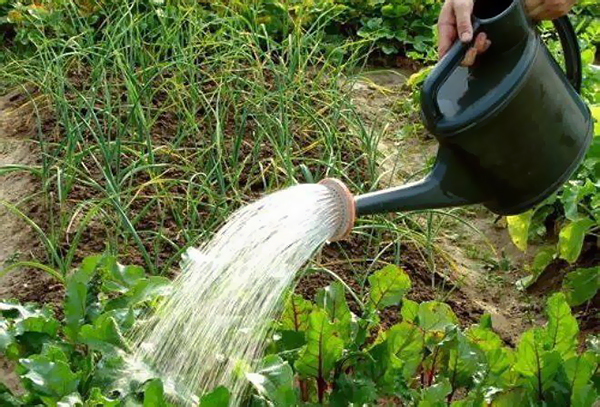
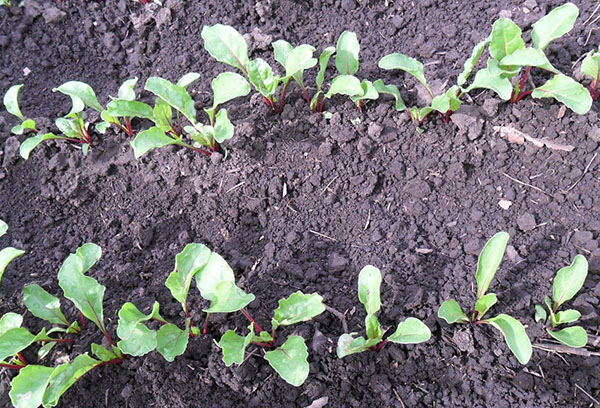
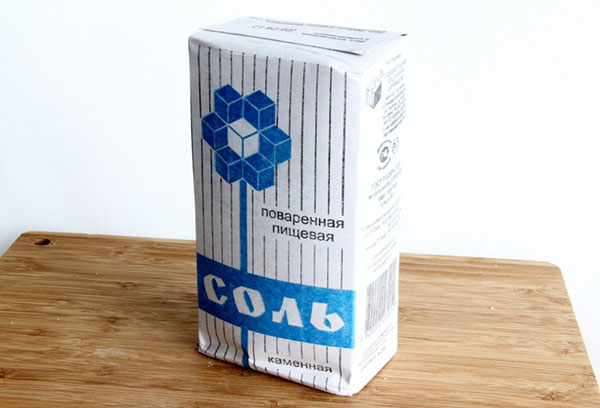
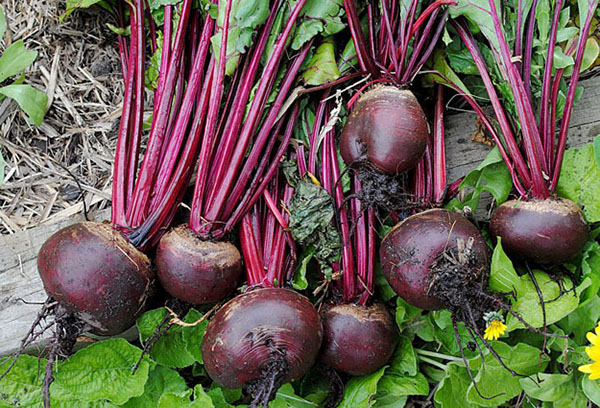

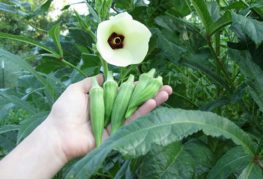
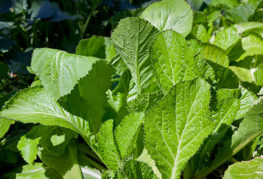
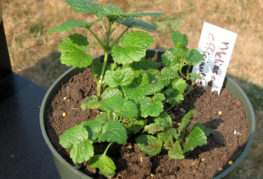
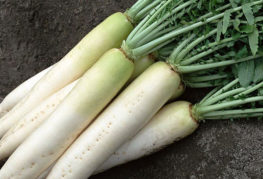
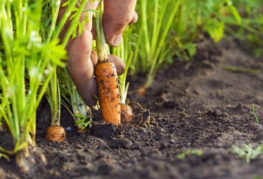
and will be published shortly.